Champagnes
The king of sparkling wines: champagne. Mostly in dark, heavy, elaborately designed glass vessels - the champagne bottle.
The weight of a champagne bottle immediately lets you know that something special is inside. Thick-walled bottles featuring a stable base and usually wide finishes in various sizes, as well as a variety of colours and basic shapes. Theoretically, any bottle shape can be used to make a champagne bottle – it simply has to withstand the high internal pressure produced by the CO2.
Essentially, a champagne bottle usually has a 0.75 litre capacity. That said, there is a particular tradition in sparkling wine production to fill large bottles. The following champagne bottle sizes are currently common:
Piccolo (quarter bottle) (0.2 l)
Demi or Half (half bottle) (0.375 l)
Imperial (Standard bottle) (0.75 l)
Magnum (1.5 l)
Jeroboam (double magnum) (3 l)
Rehoboam (4.5 l)
Methusalem (6 l)
Salmanassar (9 l)
Balthazar (12 l)
Nebuchadnezzar (15 l)
Melchior or Goliath (18 l)
Sovereign or Souverain (25.5 l)
Primat (27 l)
Melchisedech (30 l)
Essentially, a champagne bottle usually has a 0.75 litre capacity. That said, there is a particular tradition in sparkling wine production to fill large bottles. The following champagne bottle sizes are currently common:
Piccolo (quarter bottle) (0.2 l)
Demi or Half (half bottle) (0.375 l)
Imperial (Standard bottle) (0.75 l)
Magnum (1.5 l)
Jeroboam (double magnum) (3 l)
Rehoboam (4.5 l)
Methusalem (6 l)
Salmanassar (9 l)
Balthazar (12 l)
Nebuchadnezzar (15 l)
Melchior or Goliath (18 l)
Sovereign or Souverain (25.5 l)
Primat (27 l)
Melchisedech (30 l)
The colour spectrum for champagne bottles tends to be dark, as this liquid spends its time in the bottle. For our range, we have opted for the basic colours of XXX and XXX.
That said, different shades can of course also be created from this. We work together within the framework of our Cristallo UNICO projects to bring your ideas to life. The variety of finishes and closures is rather limited in champagne bottles, where traditional cork and agraffe closures dominate. The bottle’s internal pressure makes alternative closure types an unwise choice.
Similarly to wine bottles, all finds of finishing touches are possible in the product design. Traditionally, embossing und elaborate labelling have been popular. Particularly striking are the often deep concave bases. Gripping the bottle about two thirds of the way down helps to achieve the perfect pour. Perfectionists place their thumb into the punt and splay their fingers around the body to maintain a good hold. Incidentally, a host will hold the bottle in such a way as to make the label visible, letting guests know which house the wine comes from. At this point, just a little wine is poured into each glass in order to avoid too much foaming. After that, each glass is filled up to two thirds, whereupon the bottle is withdrawn from the glass with a quick twist of the hand.
That said, different shades can of course also be created from this. We work together within the framework of our Cristallo UNICO projects to bring your ideas to life. The variety of finishes and closures is rather limited in champagne bottles, where traditional cork and agraffe closures dominate. The bottle’s internal pressure makes alternative closure types an unwise choice.
Similarly to wine bottles, all finds of finishing touches are possible in the product design. Traditionally, embossing und elaborate labelling have been popular. Particularly striking are the often deep concave bases. Gripping the bottle about two thirds of the way down helps to achieve the perfect pour. Perfectionists place their thumb into the punt and splay their fingers around the body to maintain a good hold. Incidentally, a host will hold the bottle in such a way as to make the label visible, letting guests know which house the wine comes from. At this point, just a little wine is poured into each glass in order to avoid too much foaming. After that, each glass is filled up to two thirds, whereupon the bottle is withdrawn from the glass with a quick twist of the hand.

Champagner Aida
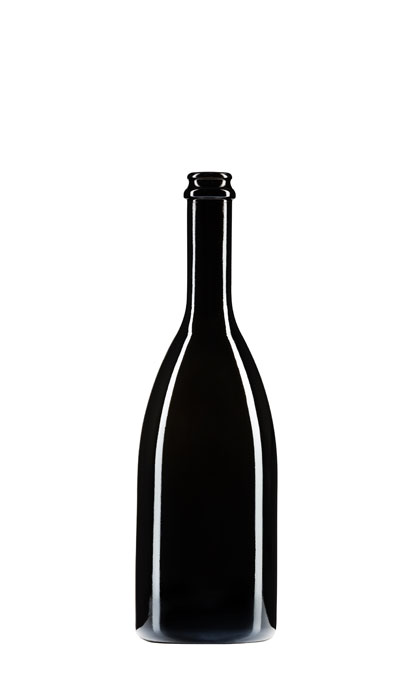
Champagner Armonia

Champagner Butterfly
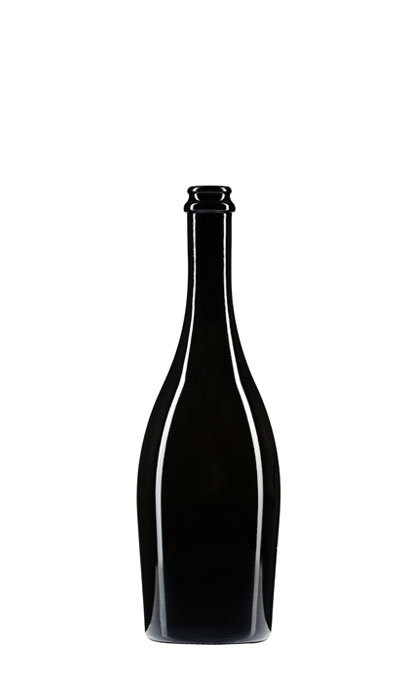
Champagner Carmen
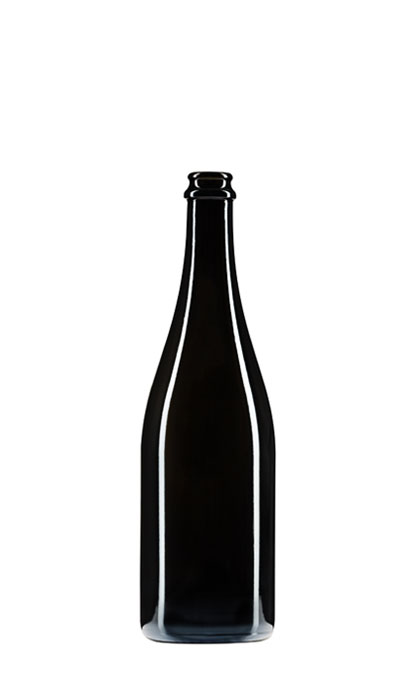
Champagner Classica
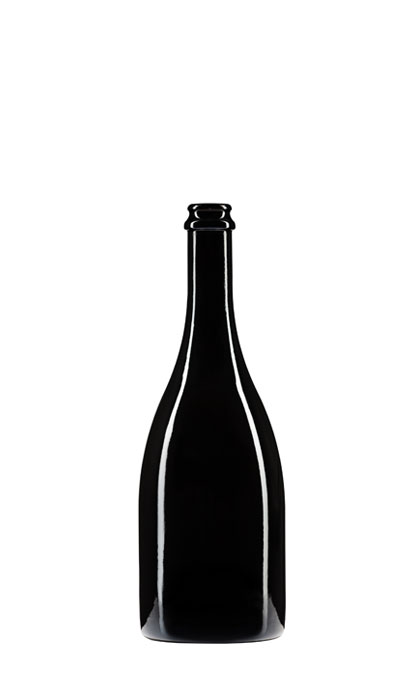
Champagner Cru
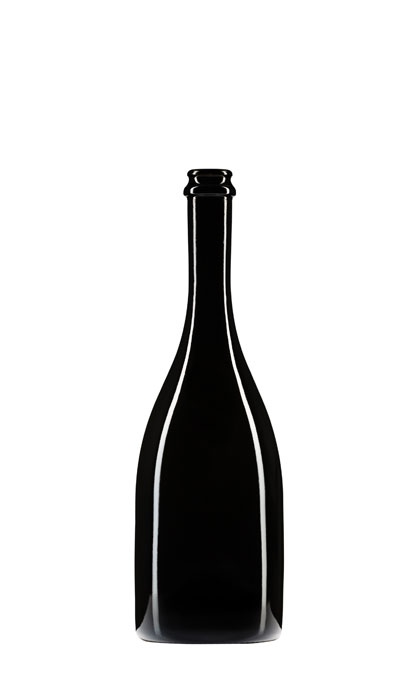
Champagner Grand Cru

Champagner Maxim

Champagner Medea

Champagner Premiere

Champagner Prestige
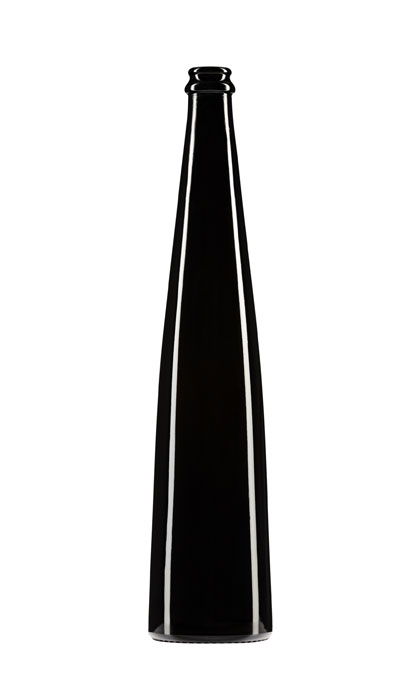
Champagner Renana Punto
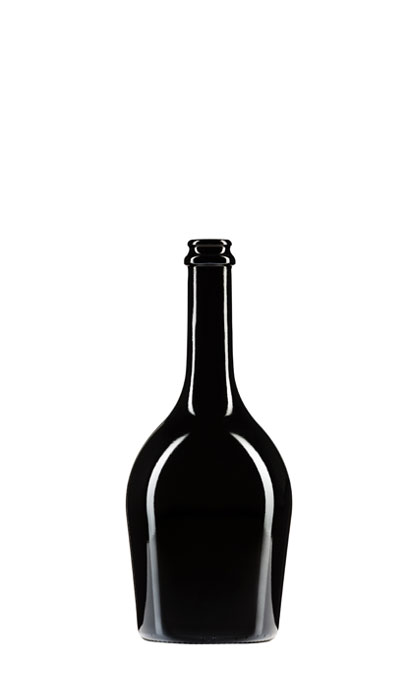
Champagner Reserve

Champagner Tosca
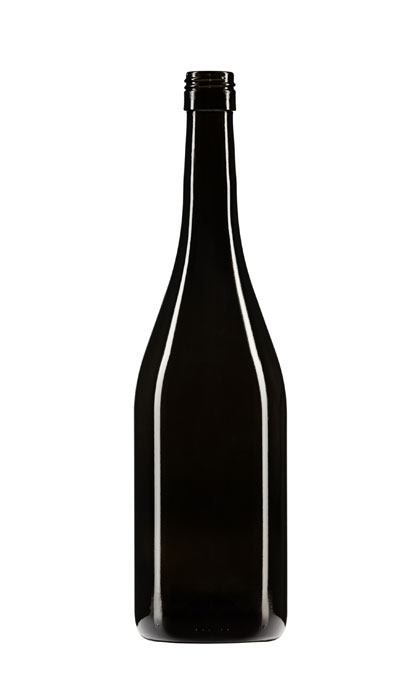
Frizzante BVS

Spumante Aida
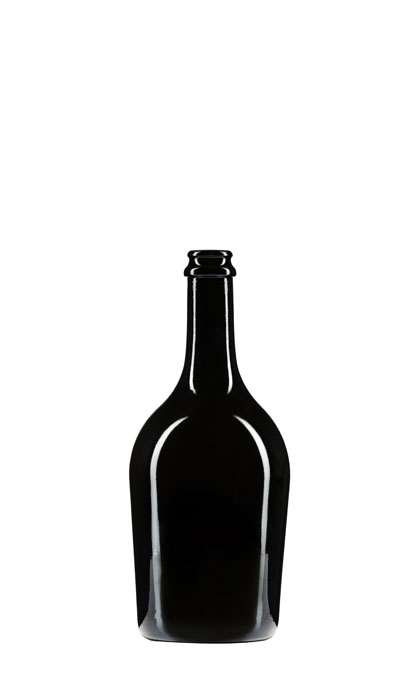
Spumante Butterfly

Spumante Carmen
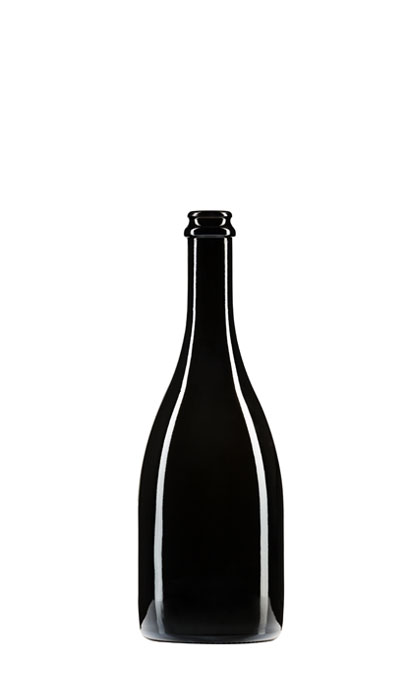
Spumante Cru

Spumante Grand Cru

Spumante Medea
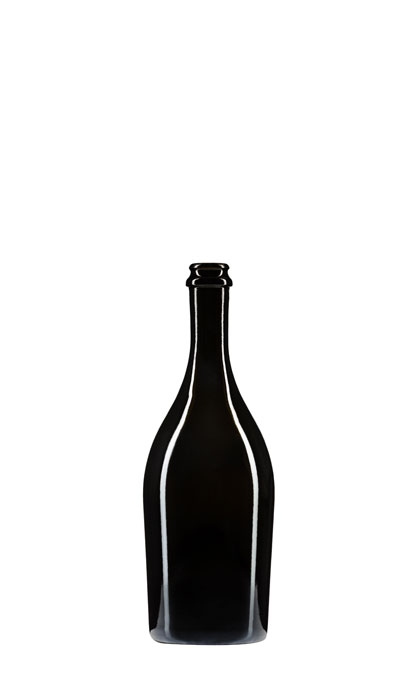
Spumante Premiere
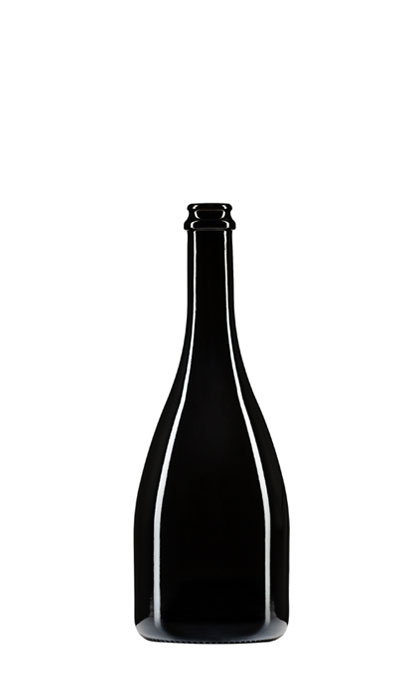
Spumante Prestige



